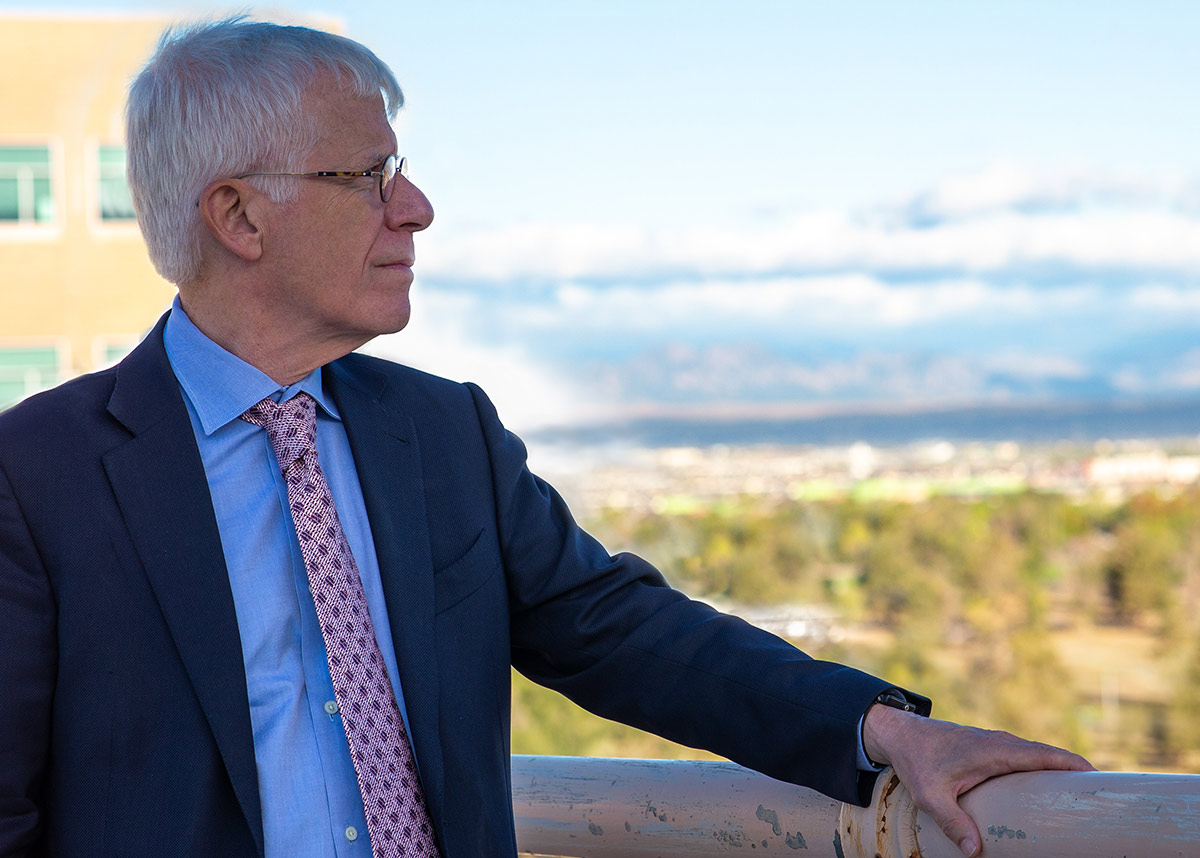The COVID-19 Pandemic and More: Heat records, heat deaths, and Colorado’s COVID-19 curve bends perhaps
Jul 26, 2022
Last week, heat and climate change eclipsed the COVID-19 pandemic as the public health threat of the moment. Throughout the United Kingdom, high temperature records were broken and then re-broken. Scotland reached a high of 94.6 degrees, well above the prior record of 91.2 degrees. These temperatures were in countries where air conditioning is limited and buildings are designed to retain heat. Death counts have not been reported yet, but Europe has fared poorly in prior heat waves, most notoriously in 2003 when thousands of people died. In France in 2003, the official heat-related death count was 14,802—primarily elderly persons. The high death count was attributed to failures of the public health system and of support networks. The heat wave took place in August when families were away from cities on vacation, leaving elders alone. The influence of social cohesion in the context of responding to a heat wave was effectively shown by Erik Klinenberg in his book Heat Wave about the 1995 epidemic of heat-caused deaths in Chicago. His “social autopsy” probes why deaths from heat varied across Chicago’s neighborhoods.
How does one die from heat? Heat causes death by exceeding the body’s thermoregulatory capacity, leading to hyperthermia and circulatory collapse. I have seen such a case—a young football player who collapsed during a practice held when the temperature was too high. Deaths may be coded directly to heat or heat may be listed as a contributing cause on a death certificate. The total constitutes heat-related deaths, which number about 700 per year in the United States. Estimates have also been made of the numbers of deaths attributable to temperatures that are higher or lower than the optimum temperature. The relationship between temperature and mortality follows a U-shaped pattern with temperature-related risk rising at hotter and colder temperatures in relation to an optimum temperature at which the risk relationship flattens. Estimates of the temperature-related burden of premature mortality are high, about 5 million globally and about 190,000 in North America with about 20,000 attributable to higher temperatures.
With climate change, concerns about heat and health are based on both the rise in mean temperature and the increased frequency and severity of heat waves. Colorado is experiencing rising temperatures with records broken last week in Denver. On Monday morning, July 18, the temperature dropped only to 72 degrees, the highest record low temperature for that date, and later in the day the temperature rose to 100 degrees, a record high. Record high temperatures were reached across the United States last week in many places.
While the world bakes and global warming is undeniable, policy paralysis continues in the United States. I have commented previously on the Supreme Court decision in WEST VIRGINIA ET AL. v. ENVIRONMENTAL PROTECTION AGENCY ET AL., which struck down the Clean Power Plant rule. Congressional action is stalled by deadlock in the Senate and the prevarication of Senator Manchin. Climate change denial seems to be fading as a stalling tactic, but other reasons are readily found. The tactic of climate change denial mirrored the strategies of the tobacco industry, which originated in the early 1950s and were honed in the subsequent decades, particularly around the scientific evidence on secondhand smoke. David Michaels describes the strategy and its spread to climate change in his 2008 book, Doubt is Their Product. Dr. Patrick Michaels, a scientist and widely quoted climate change denier, died last week. In 2006, Michaels came under fire for receiving $100,000 from the Intermountain Rural Electric Association of Sedalia, Colorado. He appeared in the media frequently, expressing views on climate change in opposition to the large body of scientific evidence supporting its occurrence.
One last comment on heat—the Tour de France ended on Sunday with last week’s stages taking place despite temperatures rising well above 100 degrees on some days. Imagine pushing to extraordinary speeds and climbing mountains at these temperatures! The Washington Post published an on-target commentary on the impact of rising temperatures from climate change on the tour. And, with regard to COVID-19, I counted 19 riders leaving the tour because of COVID-19. With 176 cyclists starting, the attack rate is 11%.
Back to the COVID-19 pandemic and Colorado. The CDPHE hospitalization count for the week of July 19th was 304, down from 324 the prior week, and the test positivity rate has dropped to about 11%. Perhaps BA.4 and BA.5 have depleted the pool of susceptible Coloradans and the epidemic curve will drop. Understanding the level of immunity in the population is not straightforward, given the level of immune escape with the latest variants and the heterogeneity of vaccination profiles in the population: the unvaccinated, those with the original vaccination series only, those with one booster shot, and those with two booster shots. A commentary in Saturday’s New York Times by a virologist, Jeremy Kamil, provides a sensible accounting of infection and reinfection risk at this BA.4/BA.5 moment.
Stay cool and stay immune.

Jonathan Samet, MD, MS
Dean, Colorado School of Public Health


